Deepfake Technology Ignites Global Misinformation Fears
In an era where seeing is no longer believing, the rapid advancement of deepfake technology is stirring global concern over misinformation and the erosion of trust in digital media. Hyper-realistic fake videos and audio recordings generated using artificial intelligence are becoming increasingly sophisticated, blurring the line between reality and fabrication.
Deepfakes leverage deep learning algorithms to create convincing simulations of real people saying or doing things they never did. Initially emerging in 2017, early deepfakes were often crude and easily debunked. Recent technological strides have made these synthetic media almost indistinguishable from genuine footage to the untrained eye.
While deepfakes have been used for entertainment and satire, their malicious potential became evident with incidents like the manipulated videos of public figures circulated online. In one notable case, a deepfake of Facebook CEO Mark Zuckerberg went viral, depicting him boasting about controlling billions of people’s stolen data. Although created as an art project highlighting privacy issues, it underscored how deepfakes can convincingly mimic real individuals.
Deepfakes have been used to perpetrate fraud and manipulate public opinion. In 2020, a synthetic audio clip of a CEO was used to trick a company into transferring $243,000 to a fraudulent account. Political deepfakes, although not yet causing global panic, pose a significant threat to national security and democratic processes by potentially influencing elections or inciting unrest.
The proliferation of deepfakes threatens to undermine trust in media and institutions. If people cannot trust the authenticity of videos and audio recordings, verifying facts becomes exponentially more challenging. This scepticism can lead to a phenomenon known as the “liar’s dividend,” where genuine content is dismissed as fake, and fake content is accepted as accurate, depending on one’s biases.
Moreover, deepfakes have been weaponized for harassment and disinformation campaigns. Public figures and private individuals alike have fallen victim to non-consensual deepfake pornography, causing emotional distress and reputational damage.
Tech companies, governments, and researchers are racing against time to develop solutions to detect and mitigate the impact of deepfakes. Initiatives like the Deepfake Detection Challenge, led by Facebook and Microsoft, aim to improve the identification of manipulated media through advanced algorithms.
Legislation is also catching up. Some regions have enacted laws making the creation and distribution of malicious deepfakes illegal, particularly those affecting elections or used for defamation. However, regulating deepfakes without infringing on free speech rights remains a delicate balance.
What Can Be Done?
• Public Awareness: It is crucial to educate the public about the existence and capabilities of deepfake technology. Media literacy programs can help individuals critically assess the content they consume.
• Authentication Technologies: Implementing digital watermarking and blockchain technology can help verify the authenticity of media files.
• Collaborative Efforts: A unified approach involving tech companies, governments, and civil society organizations is essential to develop effective strategies against deepfakes.
The deepfake phenomenon is more than a technological curiosity—it is a burgeoning crisis that challenges the fabric of truth in the digital age. As deepfakes become more sophisticated, the urgency to address their implications grows. Society stands at a crossroads where proactive measures and informed vigilance are necessary to preserve trust and integrity in our global information ecosystem.
Have thoughts on the rise of deepfakes? Email Us and join the conversation.
Latest

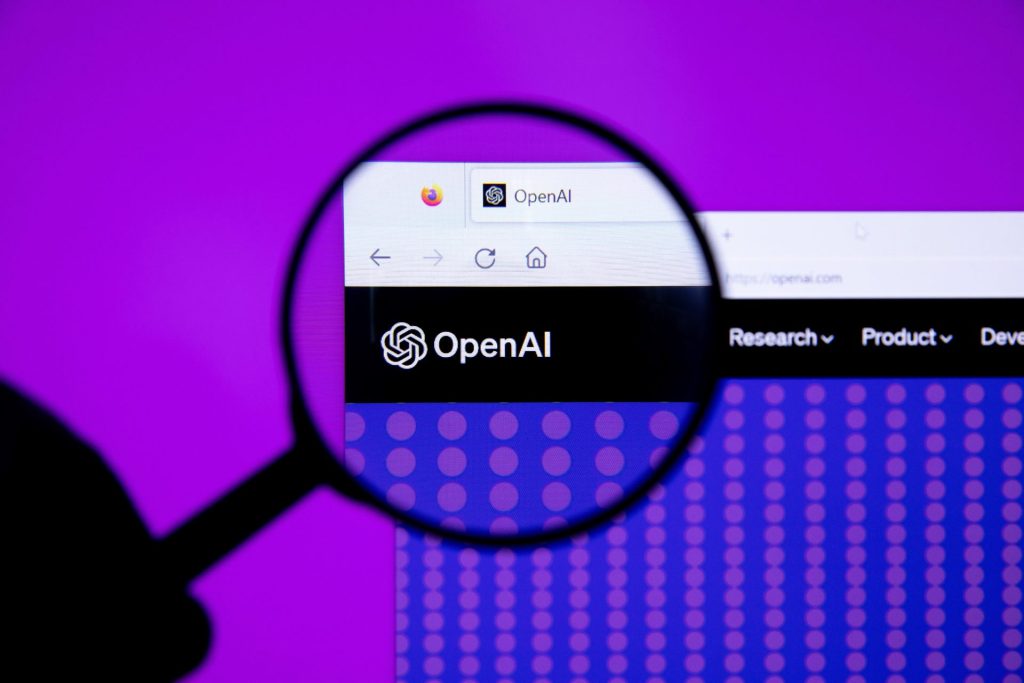
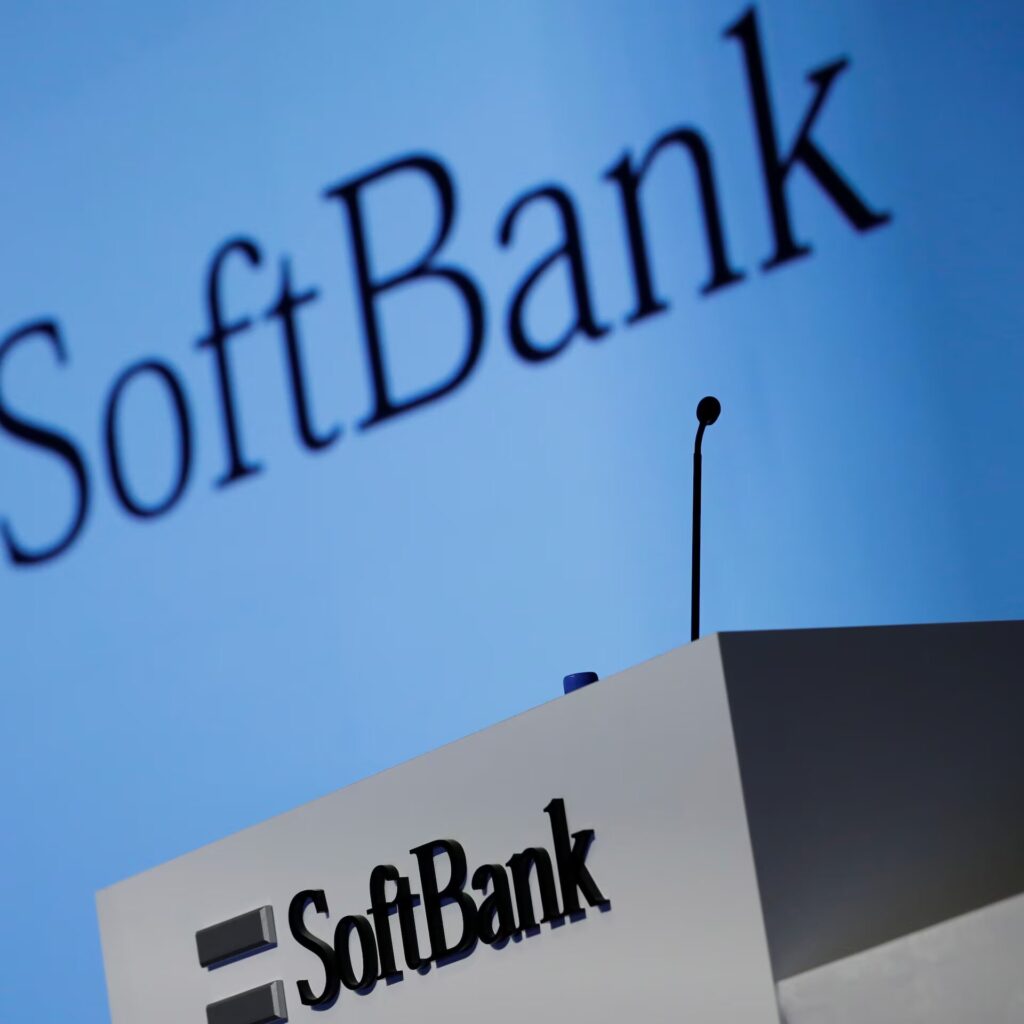
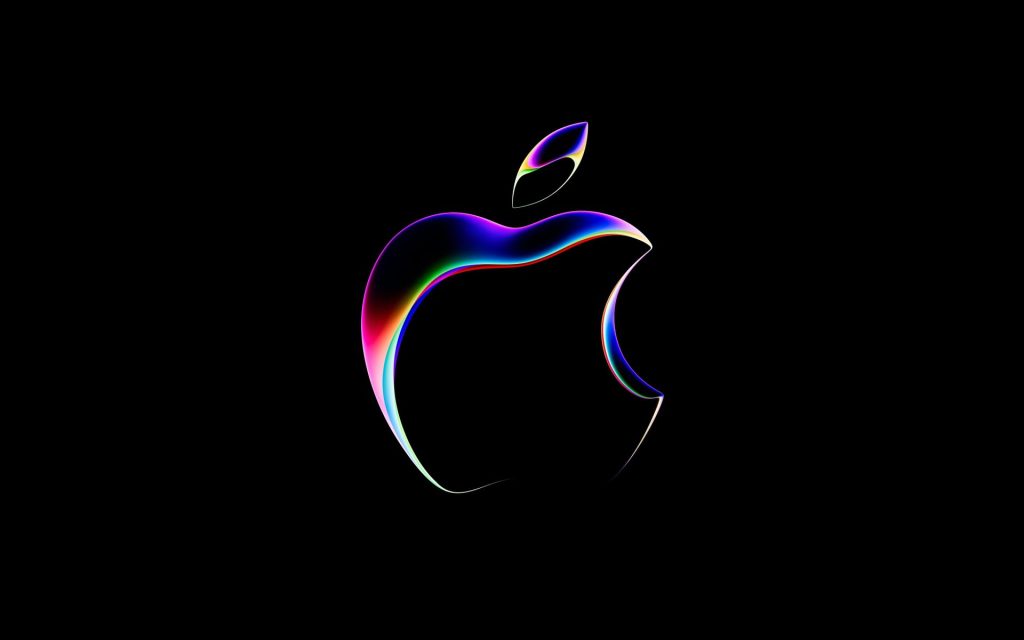
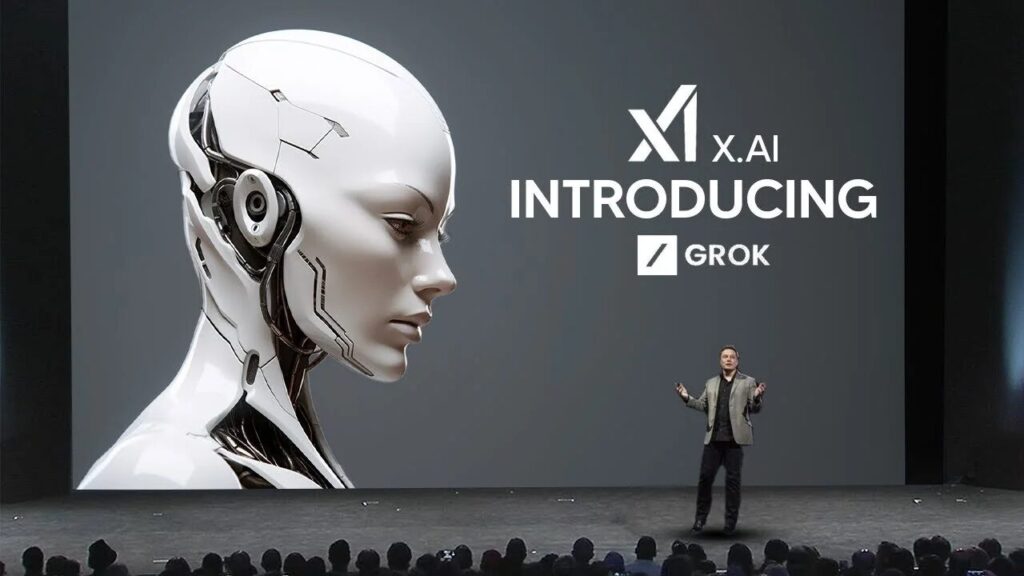

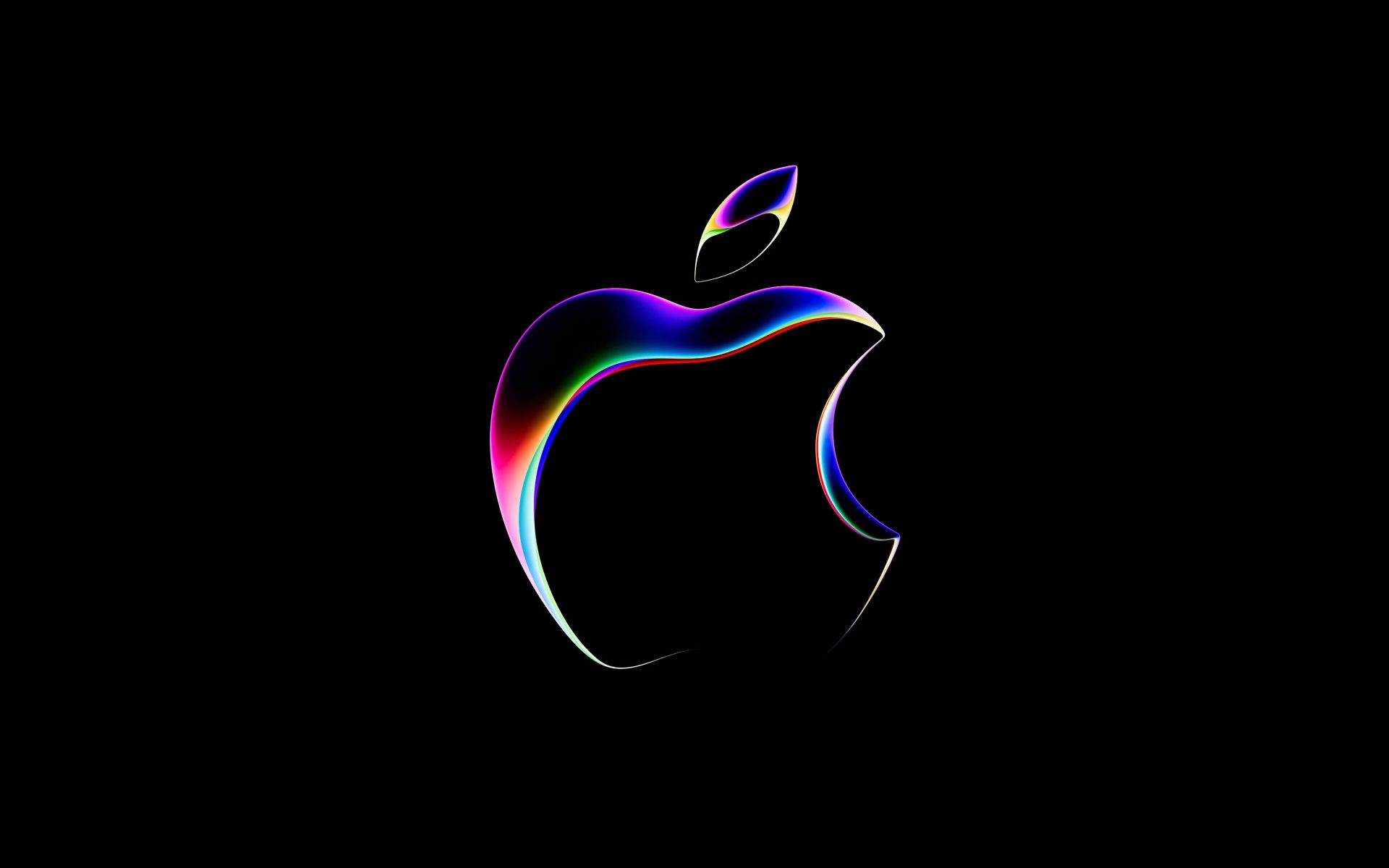

Post Comment